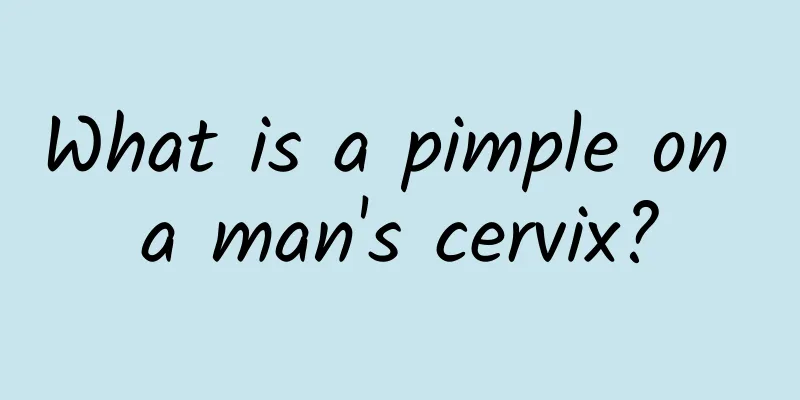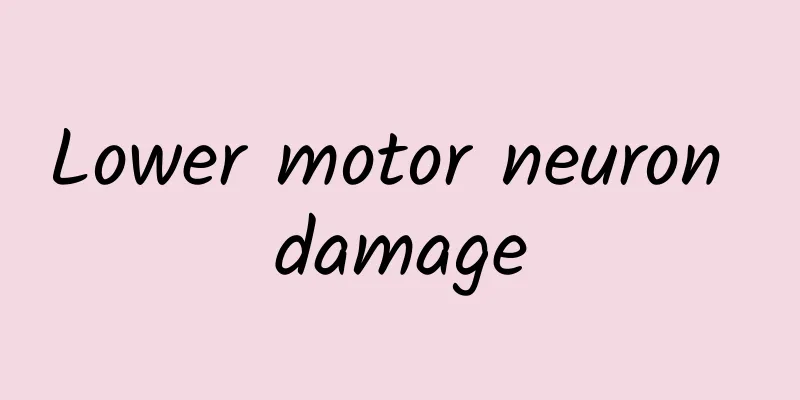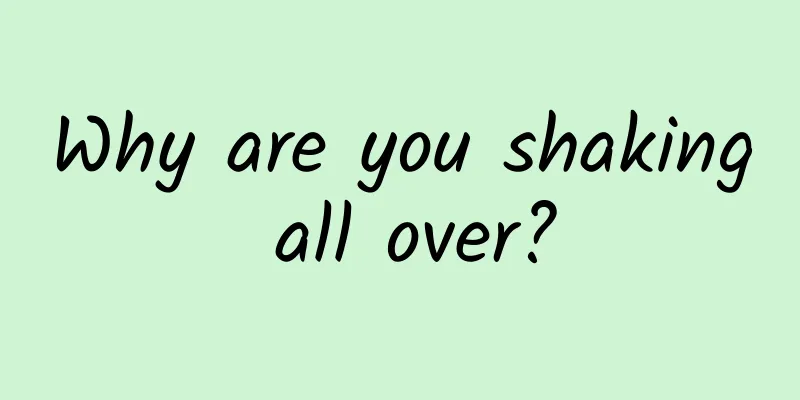Cervical stretching exercises

|
Proper cervical stretching exercises can effectively reduce the probability of cervical spondylosis, so cervical stretching exercises have become an exercise chosen by many office workers. Because if you suffer from cervical spondylosis, it will have a relatively large impact on a person's body. Cervical spondylosis is also a joint disease that is difficult to be completely cured. Next, let’s learn some stretching exercises for the cervical spine. 1 Neck stretch Muscles involved: Sternocleidomastoid Key points: Place your hands on your hips, straighten your back, and gently lift your head and stretch upward. 2 Neck stretch Muscles involved: Sternocleidomastoid and upper trapezius Key points: Sit up with your body straight and tilt your head to the left. After practicing on the left side, switch to the right side and repeat the exercise. 3. Child’s Pose Muscles involved: Back muscles Key points: Kneel down with your legs apart, sit your buttocks on your heels, move your body forward, stretch your arms forward, and try to touch the ground with your forehead. 4. Camel pose Muscles involved: Rectus abdominis and external obliques Key points: Slowly push your hips forward and slightly upward, hold your feet with your hands, and be careful not to over-squeeze your waist. 5. Chest stretch Muscles involved: The broadest muscles of the back and chest. Key points: Stand facing the wall, push the wall with your right hand, slowly move your body away from the wall, and repeat the exercise on the other side. 6 Wide Angle Muscles involved: Adductors, hamstrings. Key points: Sit on a flat ground, slowly straighten your legs and open them, do not bend your knees, and lean your body slightly forward 7. Shoulder Stretch Muscles involved: Lateral deltoid. Key points: Stand with your left arm straight and press gently with your right hand to increase muscle stretch, then repeat the exercise with your other right hand. 8. Standing Neck Stretch Muscles involved: Trapezius. Key points: Stand with your legs together, bend your knees slightly, gently support your head with your hands, and tilt your chin forward with your chest. 9. Triangle Pose Muscles involved: External obliques. Key points: Place your left hand in front of your standing leg, keep your back straight, raise your right hand, and open your hips from front to back. Repeat the exercise on the opposite side. 10 Upper back stretch Muscles involved: The broadest muscles of the back and chest. Key points: Stand at a certain distance from the wall with your body parallel to the ground. Try to keep your back flat and slowly bend from your chest. 11. Supine Spinal Twist Muscles involved: Buttocks and external obliques. Key points: Lie on your back, bend your right knee, and twist your body to the left. Repeat on the opposite side 12. Standing Side Bend Muscles involved: External obliques and the widest muscle in the back. Key points: Stand, bend your body to the right, and repeat the exercise on the left. 13. Single-leg forward bend Muscles involved: Hamstrings. Key points: Stand with one foot in front of you and your back straight. Place your hands on your hips and fold forward from the hips, repeat with your other leg. 14. Butterfly Muscles involved: Adductors. Key points: Sit down with your knees bent, soles of your feet facing each other, back straight, gently place your hands on your knees, and lower your hips and knees toward the ground. 15. Baby in Arms Muscles involved: Hip flexors. Key points: Sit on the floor with your back straight, slowly pull one leg to your chest, turn your thigh out, and repeat with the other leg. 16. Seated Pigeon Pose Muscles involved: Tibialis anterior Key points: Sit on the floor, bring your right hand back, hold your right foot with your hand and place it on your left knee, then repeat with your left foot. 17. Folding Forward Bend Muscles involved: Hamstrings and calf muscles. Key points: Sit on the floor with your legs straight and together and folded forward. 18 Sprint Muscles involved: Lumbar muscles and quadriceps. Key points: Sprint position, bend your left leg in front at 90 degrees. Grab your right foot toward your waist and repeat on the other side. |
<<: Can cervical spondylosis heal itself?
>>: How to treat sweaty hands and feet recently?
Recommend
How long does it take for gastroenteritis to heal?
In life, gastroenteritis is a common gastrointest...
What to do if you have kidney deficiency due to excessive sexual intercourse? Eat four recipes to nourish the kidneys
In the sexual life of couples, if they have sex e...
Why does my chest hurt more when it's colder?
Breast pain is a common symptom and a problem tha...
How to treat testicular endodermal sinus tumor
The condition of male testicles will directly aff...
How to beautify your breasts, several ways to give you a perfect breast shape
For women, having a perfect breast shape can incr...
Nipple discharge during menopause
As we age, our bodies gradually age, our skin lac...
There was no blood the first time, but after a few days there was blood.
We know that because of the existence of the fema...
My hands and feet are cold and I am shaking all over. What's going on?
There are many sayings in life that diseases star...
What are the benefits of groin massage?
As we all know, the groin is a part of the human ...
If you hit a woman here, she might lose her life.
Lower back pain during menstruation is one of the...
Symptoms of pustular psoriasis
Psoriasis troubles people's lives all the tim...
Chinese medicine for tooth regeneration
Dental protection is very necessary. In daily lif...
What should I do if I eat shrimp while taking Chinese medicine?
Generally speaking, you should not eat shrimp whe...
How to determine whether hair follicles are necrotic
The condition of hair follicle necrosis can be ju...
How to avoid scars after a wound scabs over?
Sometimes after the skin is injured, a scab will ...









